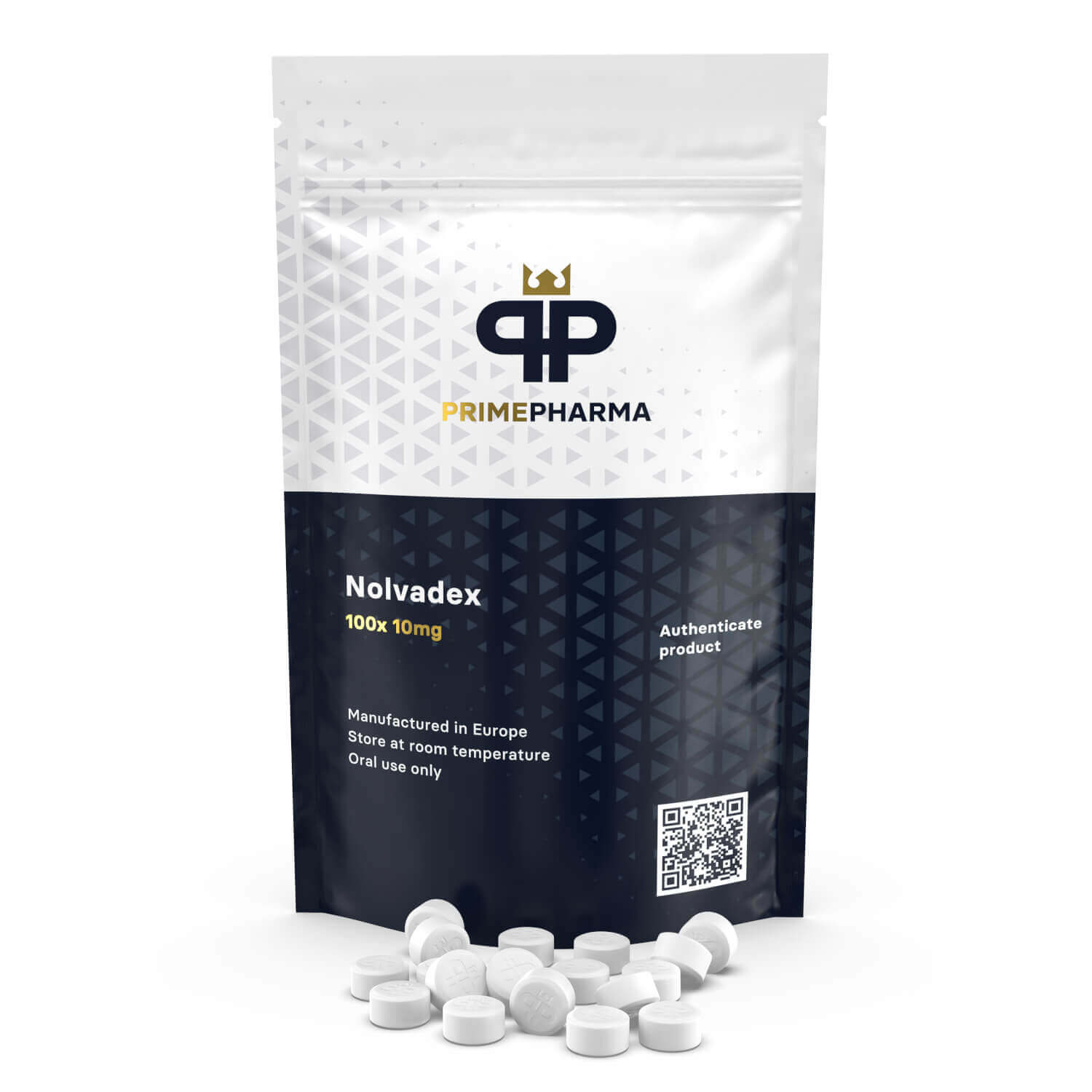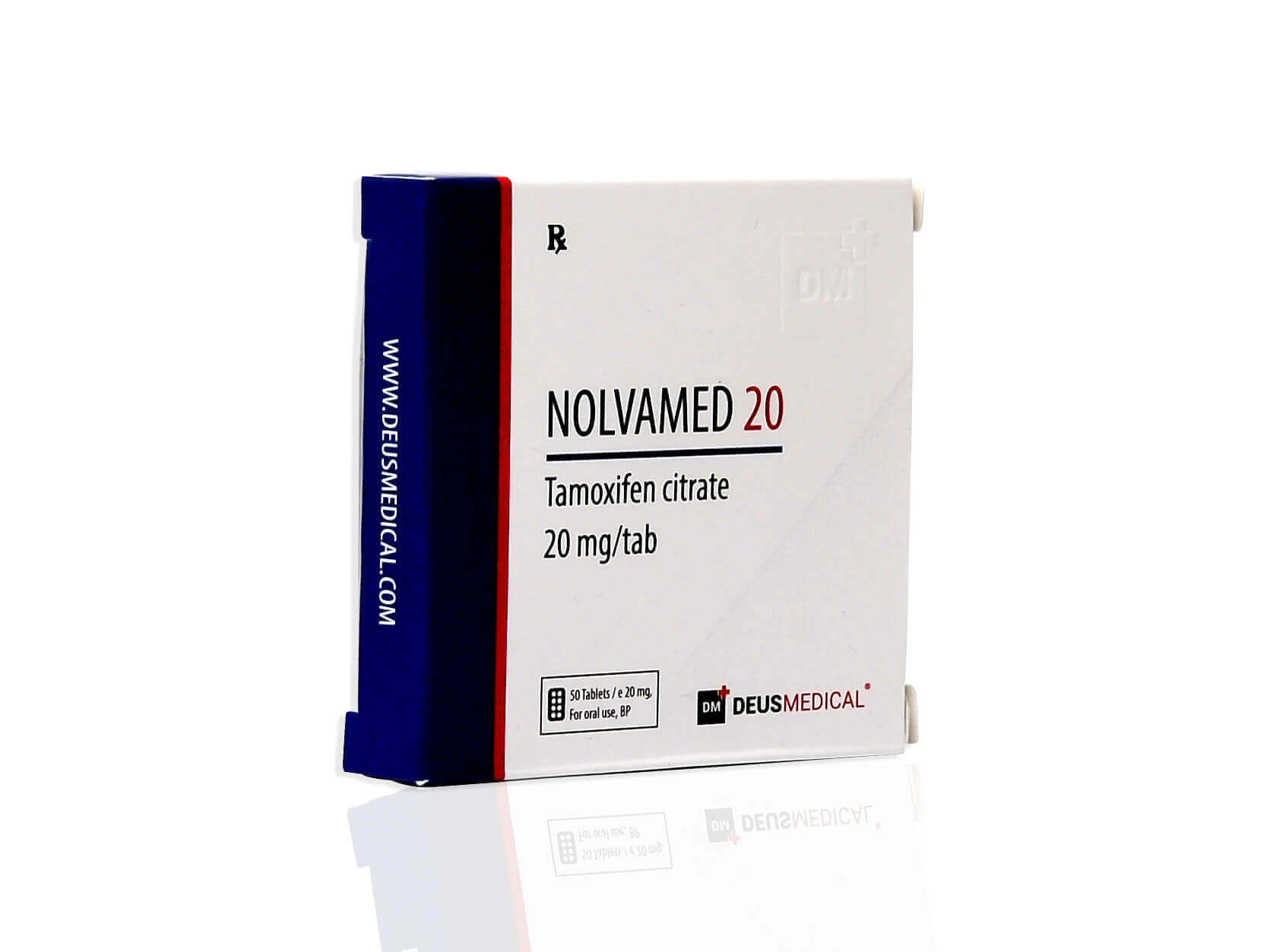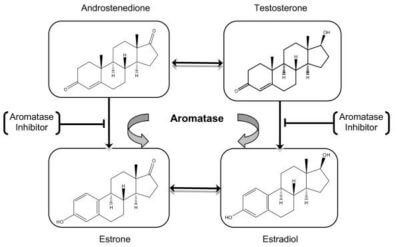Nolvadex

Nolvadex has formed the cornerstone of many a protection plan for the users of anabolic steroids over the years - it’s our job over the course of this profile to fully educate you in regards to precisely what it is and how it functions.
We’re going to tell you how to use it, what to use it with and ultimately what to expect from it during your time with it.
Last but not least, we'll give you a comprehensive report about where to buy - and not to buy! - high quality nolvadex from trusted suppliers. If you want to have an idea already of who and what are optimal sources and products, check out Prime Pharma and their highly rated Nolvadex.
What Is A SERM And What Does It Do?
An estrogen receptor modulator fulfils its activity within the breast tissue of the human body - from there, it is able to successfully stop the hormone estrogen from effectively binding to the estrogen receptors and enacting its full spectrum of effects.
Whilst estrogen is vital for elements like healthy bone formation, when its levels are too high a male user is at risk of developing issues like gynecomastia and storing a great deal of excessive water.
 Obviously, when we take steroids we’re looking to ideally ensure that our muscular visibility is high therefore water retention is going to negatively impact this visibility.
Obviously, when we take steroids we’re looking to ideally ensure that our muscular visibility is high therefore water retention is going to negatively impact this visibility.
Gynecomastia is an unwanted side effect for many reasons, but its lack of aesthetic appeal is perhaps chief amongst them.
Higher levels of androgen (when compared to our “normal” levels) can actually lead to a higher estrogen count in the body because of the fact that the aromatase enzyme actually converts unbound testosterone into estrogen.
Being that steroids elevate our androgen levels, this means they also increase our estrogenic risk (the severity of this risk depends on their androgen level / rating.)
As such, SERMs are necessary to stop estrogen from binding to its receptor sites, thus instigating the chemical reactions necessary to lead to the fruition of these side effects as well as some of the positive elements associated with this hormone.
The Difference Between SERMs And AIs Explained

Another popular product type within this protective niche is the “AI” (Aromatase Inhibitor.)
Where these latter compound types differ from their similar family members is their mechanism of action - they actually stop the production of estrogen at the source and are considered to be more “aggressive” in general when compared to SERMs.
Whereas SERMs only serve to hinder the progress of existing estrogen molecules, AIs actually stop the aromatase enzyme from being able to produce estrogen in the first place.
On average, AIs are at least 80% effective in this capacity. They are often called on as a last resort being that the complete omission of estrogen is not an ideal scenario due to the positive health benefits it offers.
Aromatase Enzymes Explained
 In the same way that estrogen must bind to receptor sites in order to fulfil its duties, so too must testosterone.
In the same way that estrogen must bind to receptor sites in order to fulfil its duties, so too must testosterone.
Testosterone that hasn’t yet bound to receptors is known as “free” testosterone, and steroids ultimately increase our levels of unbound testosterone meaning we have more at our disposal to achieve goals like enhanced muscle mass and strength.
The problem is of course that the higher the count of unbound testosterone, the higher the risk said testosterone will be converted into estrogen. This is because the aromatase enzyme serves as somewhat of a testosterone “hunter” and actively pursues it so that it can turn it into estrogen.
This is ultimately the primary and only purpose of the aromatase enzyme - it’s an active pursuit and conversion agent “working” on estrogen's behalf.
